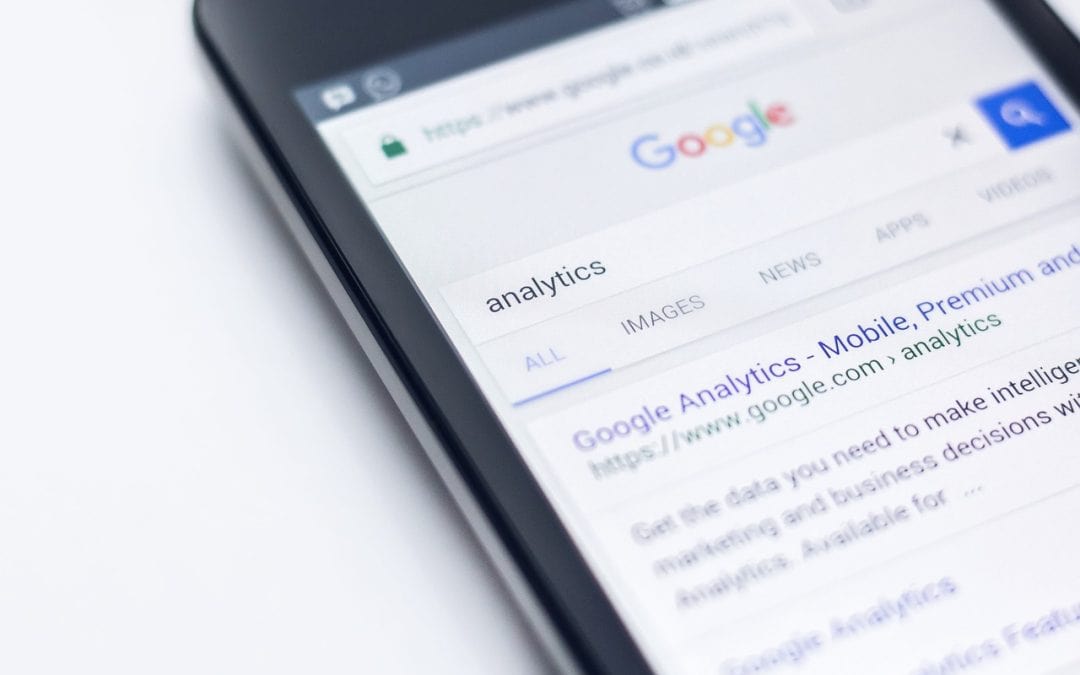In the article “Choosing Canonical Webpages: Insights from Google’s Gary Illyes,” Google’s Gary Illyes provides valuable insights into the process of selecting canonical webpages. Understanding the concept of canonical can be a bit tricky, as publishers and SEOs often have different interpretations. However, Google’s definition of canonical involves deduplication and the identification of the strongest version of a webpage. Duplicate pages can emerge due to various reasons, such as region or device variants, as well as accidental variations. Google uses signals to determine the canonical pages, which are pieces of information collected for each version of a page. Interestingly, duplicate pages can still rank in search results but serve as alternate versions. The centerpiece, or main content, of a page plays a vital role in determining the canonical version. While publishers have control over certain signals like rel=canonical links, others lie outside their control. Therefore, it is crucial, especially for ecommerce websites, to consider alternate versions of webpages for ranking purposes.
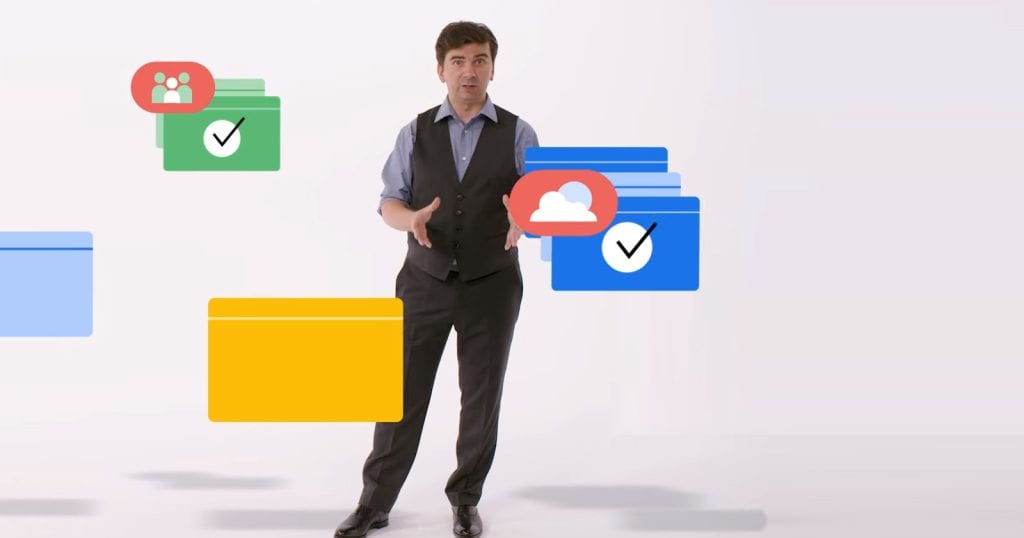
Learn about the different types of SEO
Google’s Gary Illyes explains the process of choosing canonical webpages.
When it comes to understanding the process of choosing canonical webpages, Google’s Gary Illyes is the go-to person. In a recent interview, he shed light on how Google defines canonical and the factors that come into play when selecting the strongest version of a webpage.
According to Illyes, canonical involves deduplication, which means minimizing duplicate content and selecting the most authoritative version of a webpage. When there are multiple versions of a page, Google’s goal is to present users with the best possible result, eliminating any confusion or redundancy.
Different views on canonical between publishers and SEOs
While Google has a clear understanding of what canonical means, there seems to be a disparity between publishers and SEOs. Publishers often view canonical as a way to consolidate similar pages, while SEOs focus more on the technical aspects, such as using rel=canonical tags to specify the preferred version of a page. This difference in perspectives can sometimes lead to confusion and misunderstanding.
Frequently Asked Questions about SEO
The significance of duplicate pages as alternate versions
Duplicate pages can have a significant impact on a website’s SEO. In certain scenarios, duplicate pages can serve as alternate versions and may still rank in search results. This is particularly true when there are region variants, device variants, and accidental variants of a webpage.
For example, a website might have duplicate pages for different regions, say the US and UK. While the content might be similar, there could be subtle variations to cater to the specific preferences and needs of each region. Both versions can still rank well in their respective regions, as Google understands the need for these alternate versions.
The role of centerpiece in determining canonical version
When determining the canonical version of a webpage, the centerpiece plays a crucial role. The centerpiece refers to the main content of a page, which carries the most weight in terms of determining the most relevant and authoritative version. This could be the main product description on an ecommerce website or the core information on a blog post.
Google’s algorithms analyze the centerpiece and other signals to decide which version of the page should be considered canonical. By focusing on the main content, Google can provide users with the most accurate and relevant results.
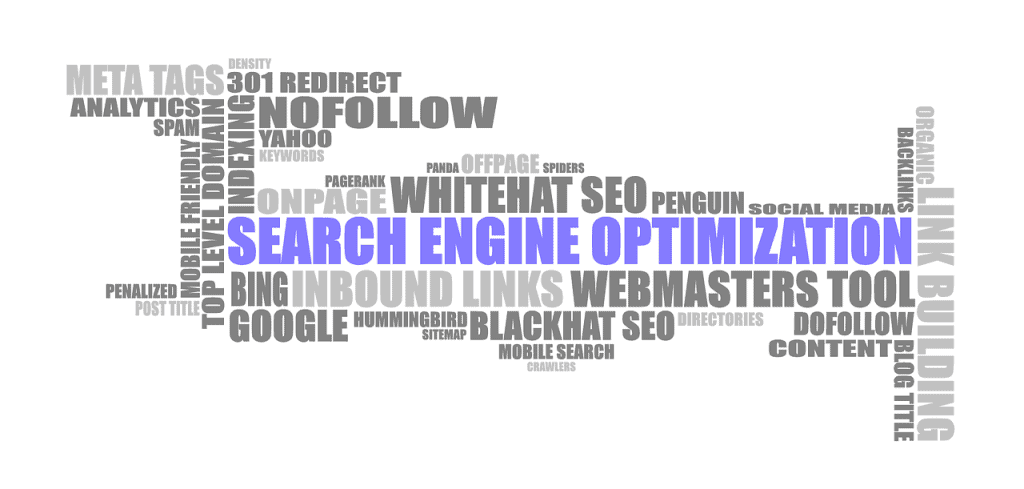
Control over certain signals
Publishers have some degree of control over certain signals that Google uses to determine canonical pages. One of the most common signals is the use of rel=canonical links. These links explicitly specify the preferred version of a webpage, helping search engines understand which version should be indexed and displayed in search results.
However, not all signals are within the control of publishers. Google also collects information about each version of a page and analyzes it to determine canonical status. Factors such as backlinks, user engagement, and overall site reputation can all influence the choice of canonical version.
Reasons for duplicate pages
Duplicate pages can arise for various reasons. One common scenario is region variants, where a website creates versions tailored to different regions. This allows them to target specific audiences and cater to their unique needs. Similarly, device variants can result in duplicate pages, with websites offering optimized versions for desktop, mobile, and tablet users.
Accidental variants are another reason for duplicate pages. Sometimes, unintentional duplication occurs due to CMS or technical issues, leading to multiple versions of the same page being indexed by search engines. These accidental duplicates can negatively impact SEO and confuse search engines about which version to rank.
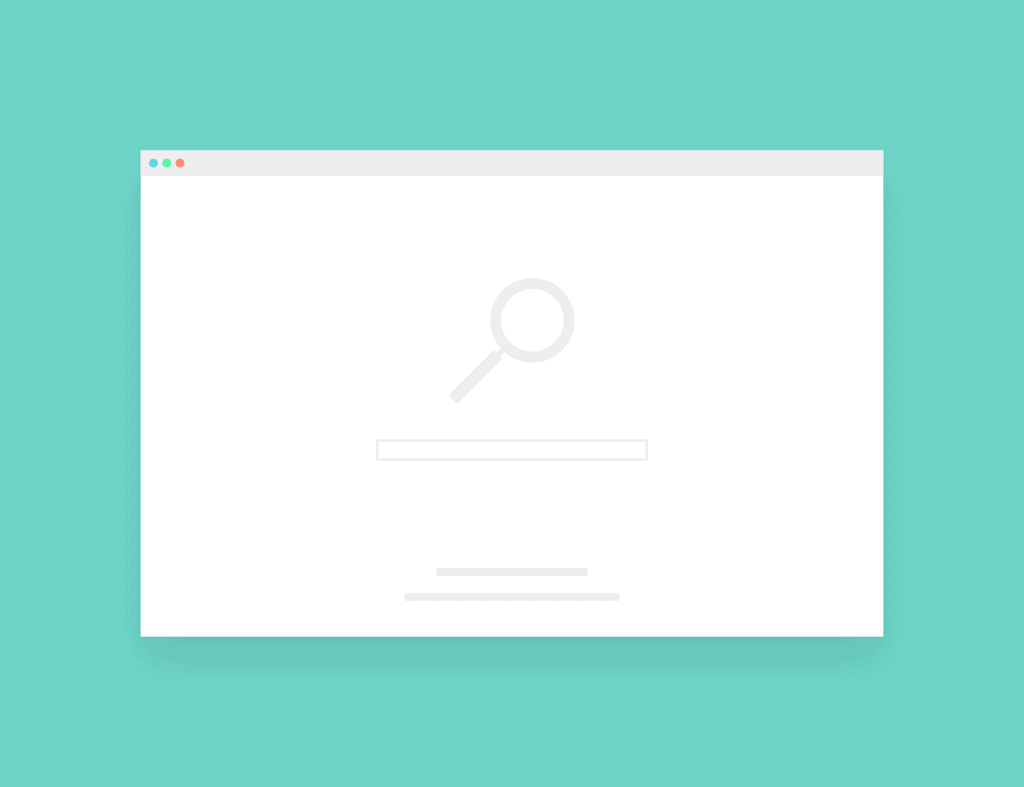
The importance of considering alternate versions for ecommerce websites
For ecommerce websites, considering alternate versions of webpages is crucial for ranking purposes. With region variants, an ecommerce site may have different versions of product pages tailored to specific countries or languages. By offering the most relevant version to users based on their location or language preference, the website can improve its search rankings and enhance the user experience.
When it comes to ecommerce, it’s not a one-size-fits-all approach. Understanding the nuances and preferences of different markets can give websites a competitive edge. By providing alternate versions and treating them as canonical, ecommerce sites can increase their visibility and reach more potential customers.
Factors influencing the choice of canonical version
Google uses a combination of signals to determine the canonical version of a webpage. These signals are pieces of information collected about each version and analyzed to make an informed decision. Publishers have control over certain signals, such as rel=canonical links, while others are outside of their control.
Factors such as the quality of the content, the number and quality of backlinks, user engagement, and site reputation all play a role in determining the canonical version. Google’s algorithms evaluate these signals to ensure that the most authoritative and relevant version is selected.
Once the canonical version is chosen, search engines will primarily rank and display that version in search results. This helps eliminate confusion and redundancy, offering users a seamless and efficient search experience.
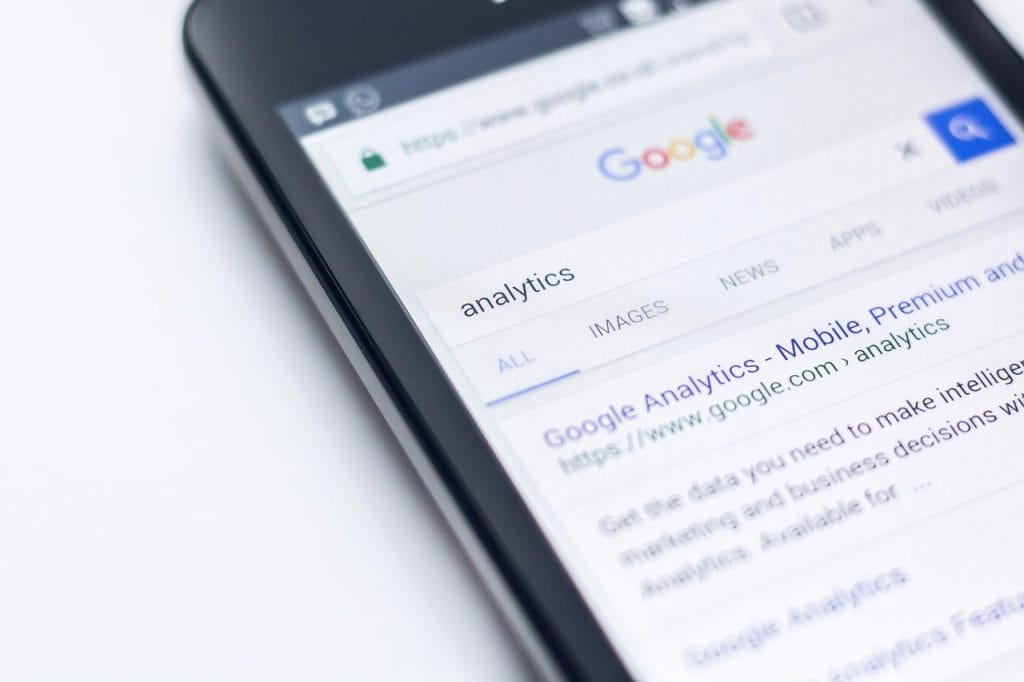
Considerations for optimizing canonical pages
Optimizing canonical pages involves ensuring that the strongest version of a webpage is selected as the canonical version. This means paying attention to the signals that Google uses to determine canonical status.
One important consideration is the proper implementation of rel=canonical tags. These tags should be placed on all alternative versions of a page and point to the preferred canonical version. This helps search engines understand the relationship between different versions and ensures that the correct version is indexed and displayed.
Regular monitoring and auditing of duplicate pages are also necessary for maintaining the chosen canonical version. This involves periodically checking for new duplicates, resolving any accidental duplication issues, and updating the rel=canonical tags when necessary.
By optimizing canonical pages, publishers and SEOs can improve search rankings, enhance user experience, and avoid duplicate content issues that could potentially harm their website’s performance.
Conclusion
Understanding the process of choosing canonical webpages is crucial for publishers and SEOs looking to optimize their web presence. Google’s Gary Illyes has provided valuable insights into Google’s definition of canonical and the factors that come into play when selecting the strongest version of a webpage.
By considering alternate versions, paying attention to signals, and ensuring proper implementation of rel=canonical tags, websites can improve their rankings and avoid duplicate content issues. By understanding the importance of the centerpiece and control over certain signals, publishers can make informed decisions to optimize their webpages effectively. With regular monitoring and optimization, websites can maintain their chosen canonical version and provide users with the best possible search experience.

